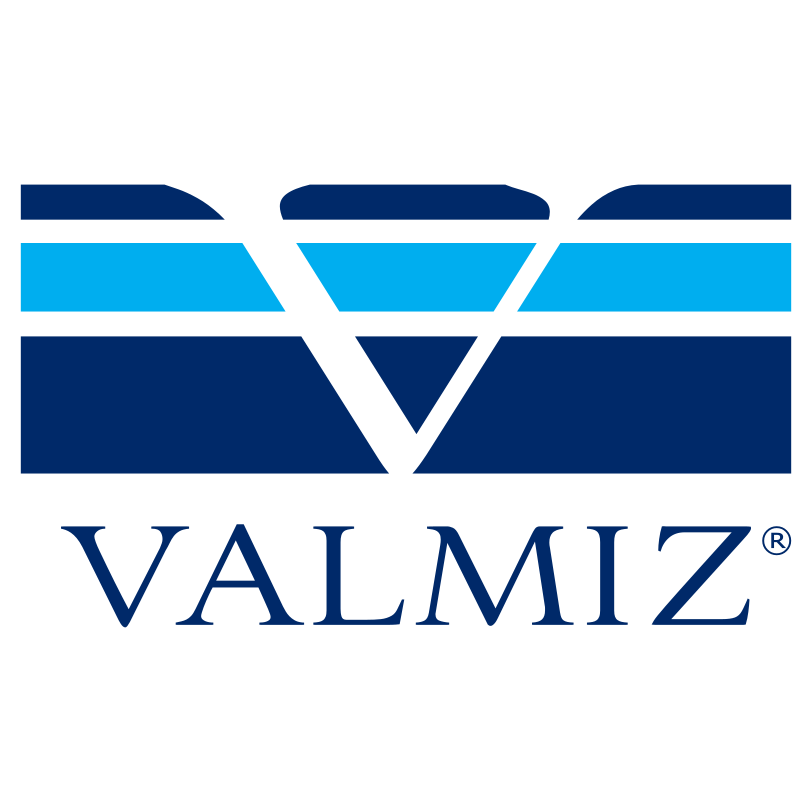The next iteration of AI, artificial general intelligence (AGI), provides a higher level of functionality to support human endeavors. Valmiz, Inc. has been working on AI to do just this. They call it Valmiz, a Valmiz Intelligence (VI) software. This alternative to contemporary AI, has been in the making for the past 20 years. Its goal is to enhance informational reach to inform better decision-making, while keeping the human, and human morals, ethics, and values, at the center of any given process.
Unlike current AI that uses a single algorithm, the engineers that created Valmiz designed a system using multi-agent algorithms. Valmiz ingests a client’s own raw, internal and organizational data to create an enterprise-level super knowledge base. Because the primary inputs into Valmiz are an organization’s own, they come pre-validated.
Here’s how it works: Valmiz combines several individual agents – Veda, Vera, Vela, Vega, and Vix – as part of a larger whole. They can work separately or together. Vela searches the different data sources in a client’s network (or the internet, if desired) to gather and compile it. Veda, the core Al system that binds everything, fuses knowledge graphs and bases together. Vega is a resilient data storage system that ensures continuity of operations, even in the event of a power Interruption. Vera tracks key-value-metadata changes across different data sets. Vix is the human-machine interface. It receives commands and communicates back to users similar to current AI assistants but smarter because it gathers information from the other agents of Valmiz™.
Valmiz is like having a thousand highly qualified experts to work on a task to provide input to the human operator at the center of the operation. This augments his or her capabilities. It enhances decision-making with powerful, precise and accurate information.
For ease of use, Valmiz can connect directly to a user’s system as a desktop app that can be deployed on a machine or mobile device or by web API or it can be inserted as part of an organization’s pipeline. For attorneys, Valmiz can integrate with other systems, such as a law firm’s internal workflow system. It can also presumably link up with respected proprietary systems, such as the LexisNexis search engine.
Valmiz’ compounding capability can streamline and validate legal research and writing tasks. Using Valmiz, an attorney can type a few simple keywords (as opposed to long string queries) into Vix. Vix will then search the firm’s internal database and others, if asked. Because the original data is internal to the firm, the compiled information can be trusted. With regard to any external data, Vera verifies and validates that all information sources actually exist. Using the Valmiz Intelligence to assist in research for brief writing prevents the fake case brief scenario.
Valmiz, on the other hand, dynamically updates information by continuing to run and search out information based on keywords that the humans give it, to provide up-to-the-minute precise information. In this way, Valmiz can change the game by allowing for easy access to past opinions, as a starting point for current research and writing projects.
Valmiz, Inc. can also provide great value on either the receiving or giving end of the discovery process. Some cases literally involve pallets full of information. Valmiz, Inc. designed its Valmiz Intelligence specifically to address great volumes of data.
Conversely, with the same rapidity and precision, an attorney could use Valmiz to review similar records that the firm received from an opposing counsel to find all the documents that mentioned the cervical spine injury.
Attorneys could also use Valmiz to review actual radiographic imagery provided in discovery, and use its backend analytics to provide valuable insights. Valmiz could compare the imagery, over time, to identify physiological changes in the C-spine, for example. Valmiz captures all the previous incarnations of the area being evaluated. Vera does the comparison, using data in Vela. Vix allows the user to communicate to the system via keywords and bring them together and provide the required result. Thus, instead of just looking at one image at a time, Valmiz could connect the dots over a series of images over the years. This could provide an advantage to a firm’s medical expert, while reducing review time and costs.
These are but a few examples of how legal practitioners can employ Valmiz in support of their legal endeavors. The Valmiz novel multi-agent approach can streamline efforts while providing peace of mind that the information received, and ultimately provided to others, is not hallucinated but rather real, authoritative, accurate and valid. In a legal setting, where attorneys and law firms cannot gamble on AI that makes wrong guesses or conjures up case law that does not exist, Valmiz will take AI to a higher level for the legal community.


